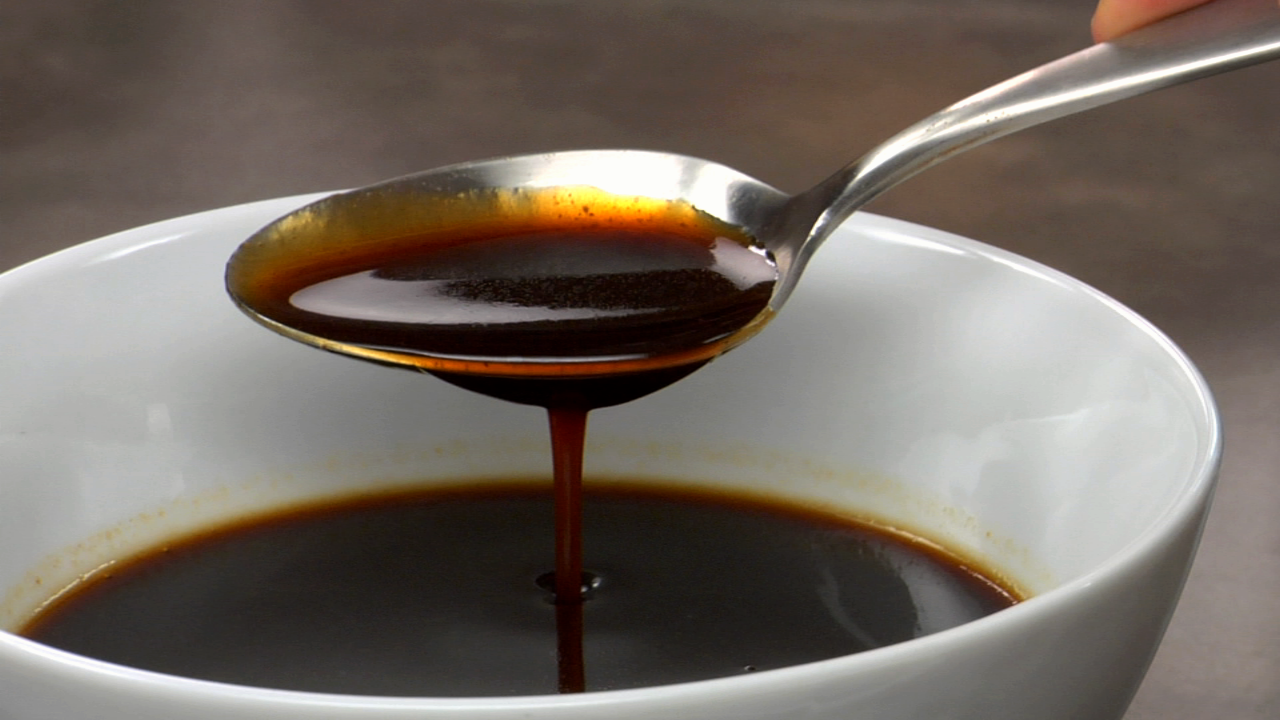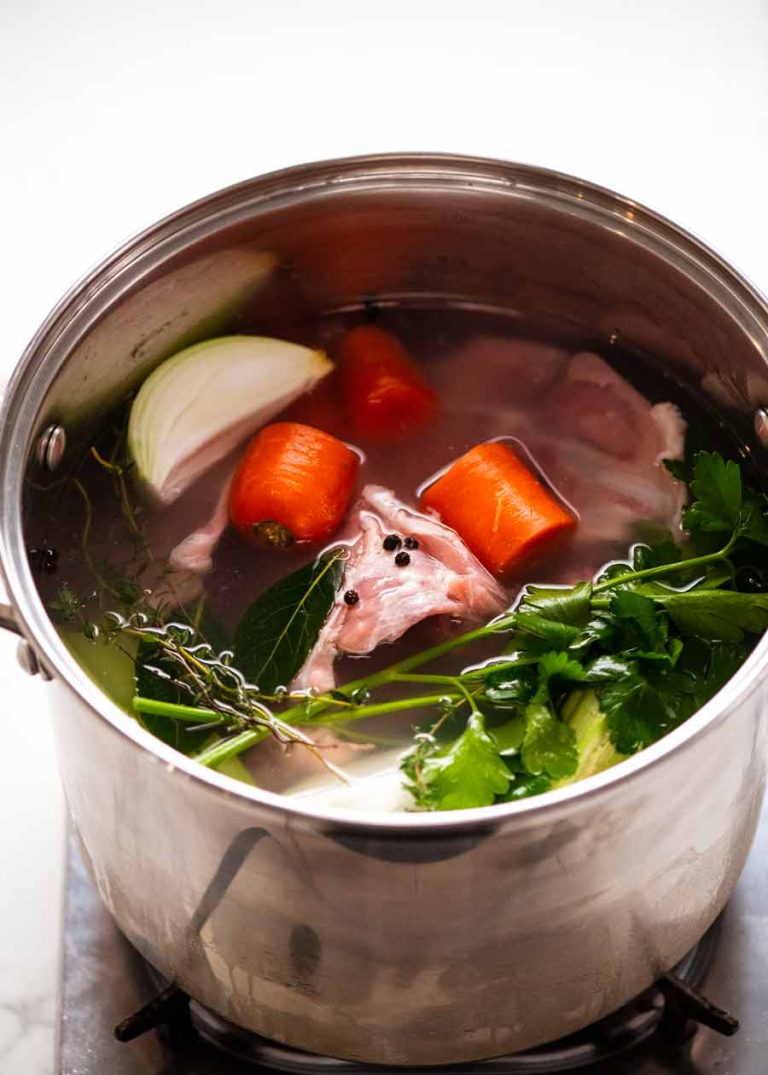Demi Glace: Origins, Recipes, & Health Benefits
Demi-glace traces its roots to 17th-century France, where it emerged as a cornerstone of classic French cuisine. Renowned chef Antonin Carême helped standardize the recipe, promoting it as a staple in haute cuisine. The sauce, originally derived from meat and bones, was slow-cooked to extract deep flavors. Over decades, it gained prominence in both royal kitchens and among culinary elite.
Evolution in French Cuisine
Demi-glace evolved significantly throughout French culinary history. In the 19th century, chef Auguste Escoffier refined Carême’s techniques, further popularizing the sauce. Escoffier introduced demi-glace into his “mother sauces,” making it a foundation for numerous derivatives. This evolution cemented its status as a versatile and essential component in classic and modern French dishes.
Key Ingredients of Demi Glace
Essential Components
Demi-glace relies on several key ingredients that form its rich and complex flavor. Primary ingredients include veal bones, beef bones, water, carrots, onions, celery, and tomato paste. Veal bones, roasted well, provide the base. Beef bones add depth. Carrots, onions, and celery, known as mirepoix, offer aromatics. Tomato paste enriches color and umami.
- Veal Bones: Roasted to impart the base flavor.
- Beef Bones: Add complexity and depth.
- Mirepoix: Combination of carrots, onions, and celery for aromatic depth.
- Tomato Paste: Enhances color and adds umami.
Variations and Substitutes
You can explore variations and substitutes to tailor demi-glace to your needs. Chicken bones or fish bones serve as alternatives for different meat bases. Vegetable demi-glace substitutes meat bones with mushroom stems and vegetable scraps.
- Chicken Bones: Alternative for a lighter base.
- Fish Bones: Suitable for seafood dishes.
- Vegetable Scraps: Use mushroom stems and vegetable scraps for a vegetarian option.
- Wine: Red or white wine can replace some liquid for added complexity.
These variations ensure you can adapt demi-glace to diverse culinary requirements without losing its essential character.
Preparing Demi Glace
Step-by-Step Guide
- Roasting Bones: Roast veal and beef bones at 450°F for 45 minutes, turning once to ensure even browning. This step develops a deep, rich flavor.
- Making Mirepoix: Prepare mirepoix by chopping carrots, onions, and celery into uniform pieces. Use approximately 2 parts onion to 1 part celery and 1 part carrot.
- Combining Ingredients: Place roasted bones, mirepoix, and tomato paste in a large stockpot. Add enough water to cover the ingredients.
- Simmering Stock: Bring the mixture to a gentle boil, then reduce heat to a simmer. Skim off any foam or impurities that rise to the surface.
- Reducing Liquid: Simmer for 6-8 hours, replenishing water as needed to keep bones submerged. Strain the stock through a fine-mesh sieve.
- Creating Glace: Return strained stock to the pot and simmer until reduced by half. This process concentrates the flavors.
- Final Reduction: Continue simmering until the sauce achieves a syrup-like consistency. This step creates the velvety texture characteristic of demi-glace.
- Skipping Roasting: Foregoing the roasting step results in a less flavorful demi-glace, lacking depth.
- Inconsistent Mirepoix: Unevenly chopped mirepoix leads to inconsistent cooking, affecting flavor extraction.
- Boiling Instead of Simmering: Boiling the stock rather than simmering it causes fats and impurities to emulsify, clouding the sauce.
- Neglecting to Skim: Failing to regularly skim off foam and impurities results in a less refined final product.
- Rushing Reduction: Hastening the reduction process sacrifices the sauce’s rich, concentrated flavor and texture.
- Inadequate Straining: Using a coarse strainer leaves impurities in the demi-glace, compromising its finish.
Consistency in following these steps ensures a flavorful and velvety demi-glace. Yellow carrots, bouquet garni, and cold water are helpful during the preparation. Use demi-glace to enrich dishes, enhance flavors, and elevate culinary creations.
Uses of Demi Glace in Modern Cooking
Enhancing Flavors in Various Dishes
Demi glace can transform ordinary dishes into extraordinary culinary experiences. It’s a powerful flavor enhancer in sauces, soups, stews, and gravies. Add a spoonful to beef bourguignon, and you’ll notice the depth it brings. Stir it into a simmering pot of French onion soup to elevate its complexity. It’s a perfect base for pan sauces, imparting a rich, velvety finish to any dish.
Innovative Recipes Using Demi Glace
Chefs are continually exploring new ways to incorporate demi glace into modern cuisine. Create a luxurious mushroom risotto by folding a demi glace reduction into the final stages of cooking. Use it as a glaze for roasted vegetables, adding a sophisticated layer of umami. For seafood enthusiasts, a shrimp and scallop dish can achieve exceptional flavor when finished with a touch of demi glace. It’s also becoming popular in gourmet burgers, where a dollop on the patty introduces unparalleled richness.
Health Aspects of Demi Glace
Nutritional Value
Demi glace provides a rich, flavorful base loaded with essential nutrients. A single serving typically contains 50-60 calories, 2-3 grams of protein, and 4-5 grams of fat. Veal and beef bones, central to the preparation, contribute collagen, which is beneficial for joint and skin health. Carrots, celery, and onions (in mirepoix) add small amounts of vitamins A and C, as well as fiber. Although sodium content may vary depending on seasoning, it generally hovers around 300-400 mg per serving. When homemade, you control the ingredients, allowing adjustments to align with dietary preferences.
Considerations for Dietary Restrictions
Demi glace, with its traditional ingredients, may not suit everyone’s dietary needs. Vegetarians and vegans avoid it due to animal-derived components. Gluten-sensitive individuals need to ensure thickeners or added sauces are gluten-free. Those with sodium restrictions should use low-sodium broth options and minimal added salt. People with allergies to dairy or specific herbs need to substitute or eliminate those elements. Adapting recipes for specific requirements ensures inclusivity without sacrificing flavor.
Conclusion
Mastering demi-glace opens up a world of rich, complex flavors that can elevate your culinary creations. Whether you’re a home cook or a professional chef, understanding its origins and variations allows you to adapt this classic sauce to suit modern tastes and dietary needs. By making thoughtful ingredient substitutions, you can enjoy the depth and versatility of demi-glace while accommodating various dietary restrictions. Embrace the art of demi-glace and watch your dishes transform into gourmet experiences that delight every palate.






